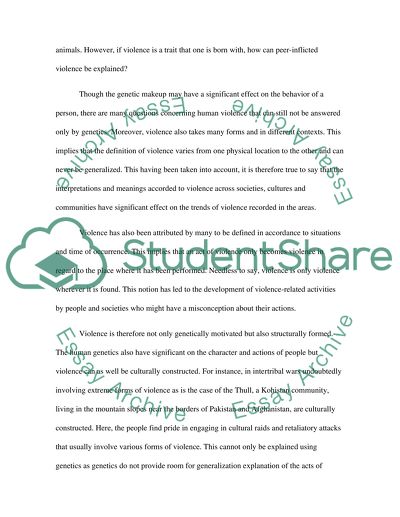Cite this document
(“Cultural Construction of Violence Research Paper”, n.d.)
Retrieved from https://studentshare.org/anthropology/1477327-cultural-construction-of-violence
Retrieved from https://studentshare.org/anthropology/1477327-cultural-construction-of-violence
(Cultural Construction of Violence Research Paper)
https://studentshare.org/anthropology/1477327-cultural-construction-of-violence.
https://studentshare.org/anthropology/1477327-cultural-construction-of-violence.
“Cultural Construction of Violence Research Paper”, n.d. https://studentshare.org/anthropology/1477327-cultural-construction-of-violence.


